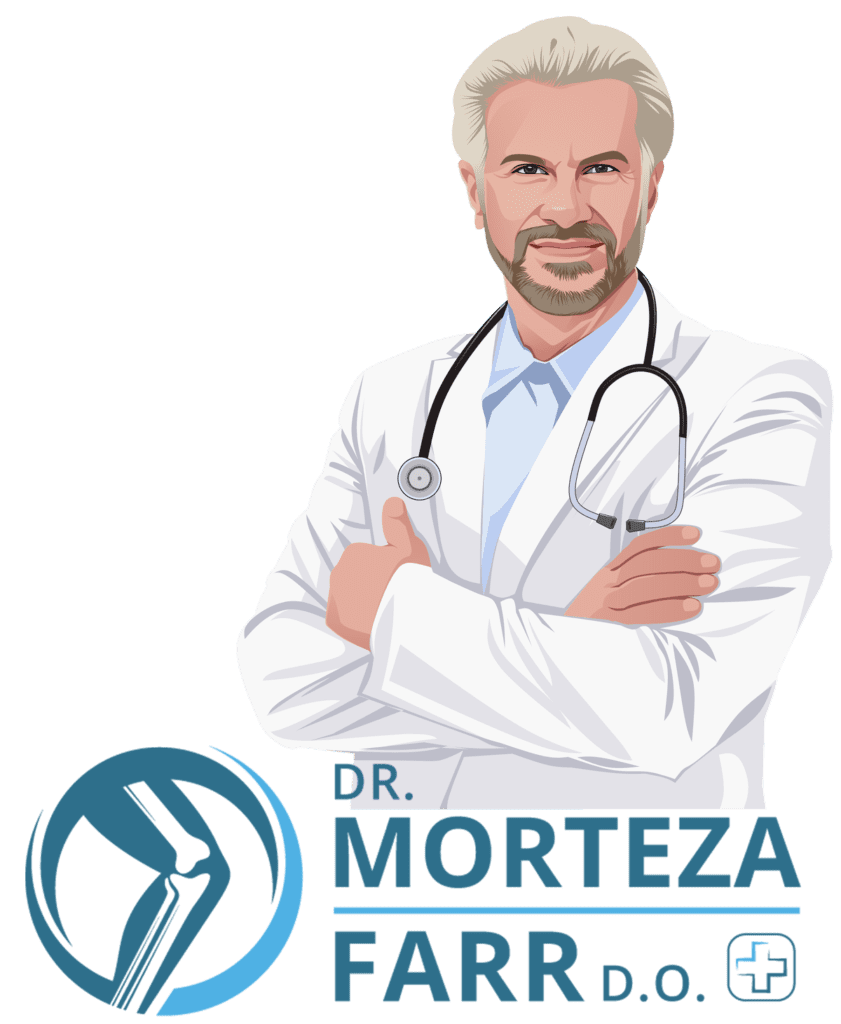Arthroscopy: Knee, Shoulder
This is a minimally invasive procedure that uses a small camera to view the inside of a joint. Arthroscopy can be used to diagnose and treat a variety of conditions, including torn cartilage, ligament injuries, and arthritis.
Arthroscopy: Knee, Shoulder
Arthroscopy is a cutting-edge minimally invasive surgical technique that revolutionizes the way joint problems are diagnosed and treated. It offers a precise and effective approach to visualize, diagnose, and treat a wide range of joint conditions. This advanced procedure involves using a small, flexible instrument called an arthroscope, which is equipped with a camera and specialized surgical tools.
During an arthroscopy, the surgeon makes tiny incisions around the joint and inserts the arthroscope, allowing for a clear view inside the joint on a monitor. This real-time visualization enables the surgeon to accurately diagnose the problem and perform necessary repairs or treatments with minimal disruption to the surrounding tissues.
Arthroscopy can be performed on various joints, including the knee, shoulder, hip, ankle, elbow, and wrist. It is commonly used to address conditions such as torn ligaments, cartilage damage, joint inflammation, loose bodies, and certain types of fractures. The procedure allows for precise surgical interventions, such as repairing torn ligaments, removing damaged cartilage or bone fragments, smoothing rough surfaces, or releasing tight structures within the joint.
The benefits of arthroscopy are numerous. As a minimally invasive procedure, it offers several advantages over traditional open surgeries, including smaller incisions, reduced scarring, less pain, and quicker recovery times. Patients typically experience minimal post-operative discomfort and can often return to their normal activities sooner compared to conventional surgeries.

Who Needs Arthoscopic Surgery?
If you are experiencing joint pain, limited mobility, or have been diagnosed with a joint condition, arthroscopy may be a viable option for diagnosis and treatment. Consult with an orthopedic specialist who can evaluate your condition and determine if arthroscopy is suitable for your specific needs. By choosing arthroscopy, you can benefit from a precise and minimally invasive approach that aims to relieve your symptoms, restore joint function, and help you regain an active and pain-free lifestyle.
Risks of Orthopedic Surgery
Arthroscopy is performed on an outpatient basis in most cases, meaning patients can return home the same day as the procedure. Recovery time varies depending on the specific joint and procedure performed, but it is generally faster and less disruptive compared to traditional open surgeries.
All surgeries have some risks, including:
- Bleeding
- Infection
- Nerve damage
- Blood clots
- Reaction to anesthesia
The risks of orthopedic surgery vary depending on the type of surgery that is being performed. It is important to discuss the risks of surgery with your doctor before you make a decision about whether or not to have surger
Recovery from orthopedic surgery can take several weeks or months. The amount of time it takes to recover from surgery depends on the type of surgery that was performed. During your recovery, you will need to follow your doctor’s instructions carefully. This may include taking pain medication, using ice or heat, and resting. You may also need to attend physical therapy sessions.
Choosing Orthopedic Surgeon
If you are considering orthopedic surgery, it is important to choose a qualified surgeon. You should ask your doctor for recommendations or search for a surgeon online. When you are interviewing surgeons, be sure to ask about their experience, training, and approach to surgery. You should also feel comfortable with the surgeon and their staff. Orthopedic surgery can be a life-changing procedure. It is important to choose a qualified surgeon and to understand the risks and benefits of surgery before you make a decision.


